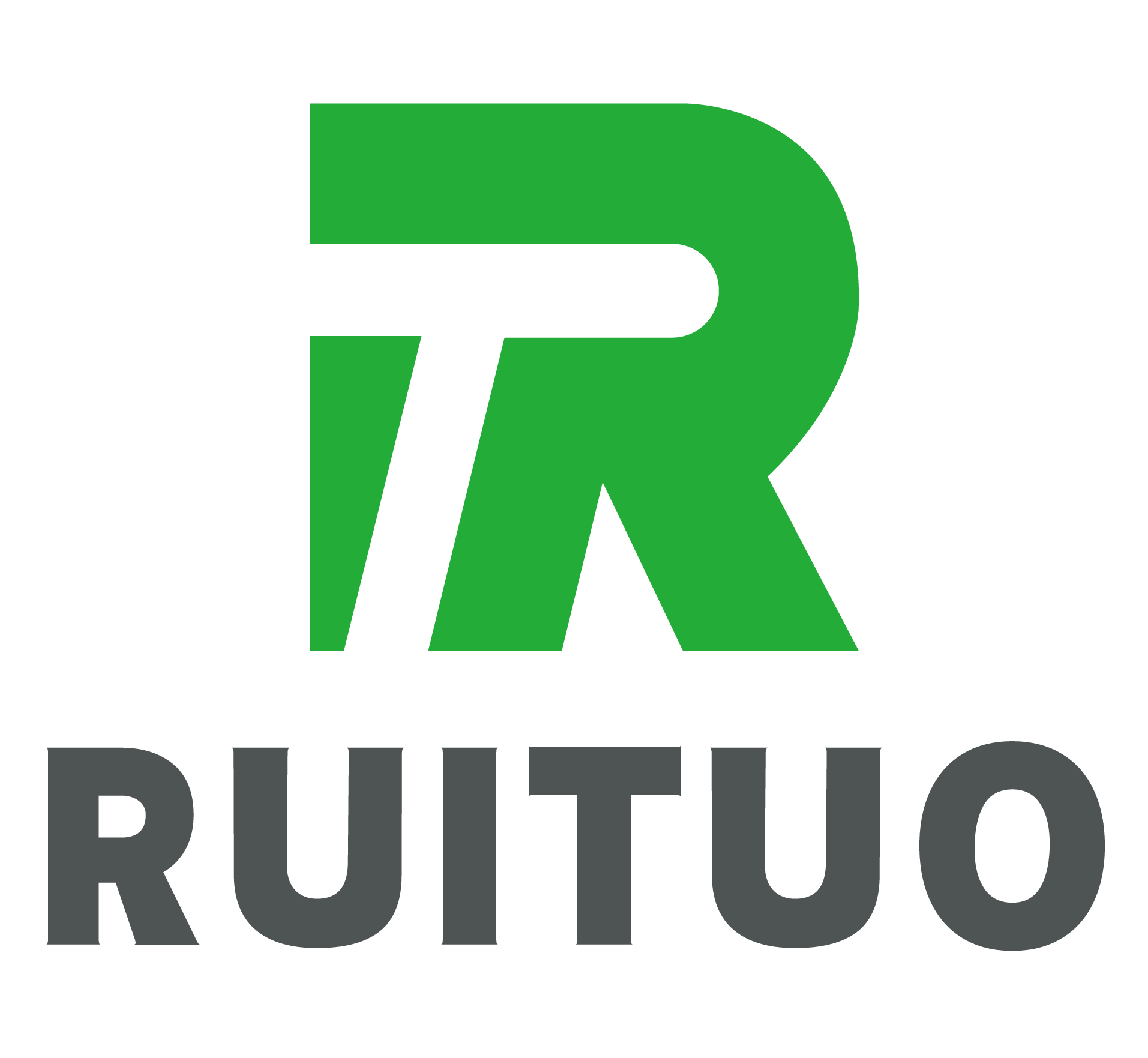Selecting the right slaughter line is one of the most critical decisions for any meat processing operation. The wrong choice can lead to low efficiency, hygiene issues, or even regulatory non-compliance. Whether processing cattle, sheep, or poultry, each animal type requires equipment designed for its specific handling, hygiene, and safety needs.
Nowadays, many Chinese businesses are gradually emerging in the field of new equipment. Many Chinese products have gained recognition, ranging from small data cables to various heavy industrial equipment, and have reached world-class standards. If you are interested in starting your own business, please contact us!
This article provides a clear, knowledge-based overview to help operators understand how to select the right slaughter line in line with ISO, EU, and USDA hygiene and safety requirements.
Understanding the Differences Between Animal Types
Different animals require unique slaughter line configurations due to variations in size, anatomy, and processing requirements:
- Cattle slaughter lines are heavy-duty systems designed for large carcasses, often including stunning boxes, bleeding conveyors, hide pullers, and splitting saws.
- Sheep or goat lines emphasize gentle handling and efficient skinning to protect carcass quality.
- Poultry lines focus on speed and hygiene, with automated scalding, plucking, and evisceration modules.
Before choosing equipment, operators should evaluate their expected production capacity, species mix, and space availability. This ensures the line is both technically and economically appropriate.
ISO Standards: Building a Hygienic Foundation
The International Organization for Standardization (ISO) provides universal benchmarks for hygiene and machinery safety that apply across the meat industry.
Key standards include:
- ISO 14159: Hygienic Design of Machinery – Ensures all equipment surfaces are smooth, corrosion-resistant, and easy to clean.
- ISO 22000: Food Safety Management Systems – Integrates Hazard Analysis and Critical Control Points (HACCP) into the plant’s operational control.
- ISO 9001: Quality Management Systems – Encourages process consistency, documentation, and continuous improvement.
From a buyer’s perspective, ISO-certified suppliers demonstrate a systematic approach to manufacturing hygiene and reliability—reducing future compliance risks.
EU Requirements: Hygiene, Traceability, and Animal Welfare
Within the European Union, slaughter line equipment must comply with strict hygiene and animal welfare regulations. Key directives and regulations include:
- Regulation (EC) No 852/2004 – Sets general hygiene rules for food business operators, emphasizing cleanable and corrosion-resistant equipment.
- Regulation (EC) No 853/2004 – Defines specific hygiene requirements for food of animal origin.
- Machinery Directive 2006/42/EC – Requires equipment to bear CE marking before entering the EU market, confirming safety and design compliance.
- Regulation (EC) No 1099/2009 – Governs humane handling and slaughter methods, influencing the design of stunning and restraining equipment.
Operators aiming to export to or operate in the EU should ensure that all equipment components—from restrainers to conveyors—carry CE certification and meet EU hygiene material standards.
USDA and North American Compliance
For facilities serving the U.S. or North American market, compliance with USDA Food Safety and Inspection Service (FSIS) regulations is mandatory.
Important references include:
- 9 CFR Part 416 – Sanitation performance standards for meat and poultry facilities.
- 9 CFR Part 417 – HACCP requirements, focusing on contamination prevention and process verification.
- NSF/ANSI Standards – Define hygienic design principles and acceptable food-contact materials.
USDA-compliant slaughter lines prioritize easy disassembly, wash-down-ready surfaces, and stainless-steel construction. Equipment should also be documented for inspection traceability.
Key Factors When Choosing a Slaughter Line
Beyond compliance, several technical and operational factors influence equipment choice:
- Production capacity: Estimate the daily throughput and select scalable systems.
- Automation level: Choose between manual, semi-automatic, or fully automatic lines depending on labor availability.
- Layout and space: Ensure adequate separation between clean and unclean zones to meet hygiene requirements.
- Maintenance and cleaning: Look for modular designs that allow quick access for washing and inspection.
- Energy efficiency: Consider modern lines that reduce water and electricity usage, aligning with sustainability goals.
For multi-species operations, modular slaughter lines offer flexibility to adapt to different animal types with minimal downtime.
Final Thoughts
Choosing the right slaughter line is not simply a purchase—it’s an investment in food safety, efficiency, and long-term regulatory compliance.
By aligning equipment selection with ISO, EU, and USDA standards, operators can ensure smooth inspections, reduce contamination risks, and secure eligibility for international meat trade.
A well-chosen slaughter line balances performance, hygiene, and compliance, providing a strong foundation for a sustainable and profitable meat processing operation.
